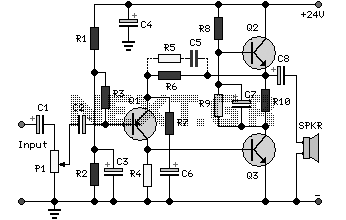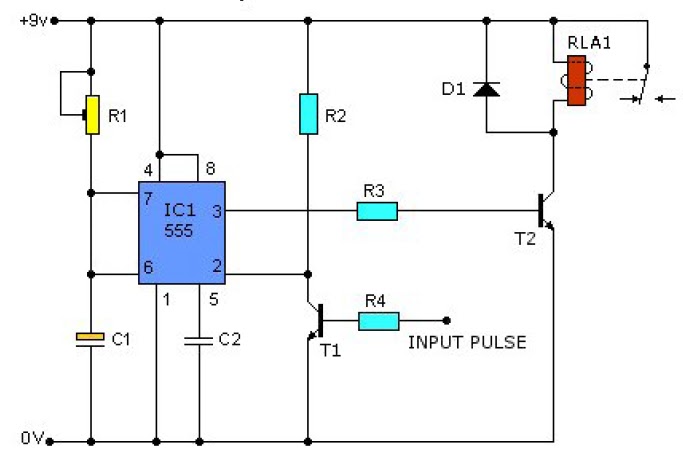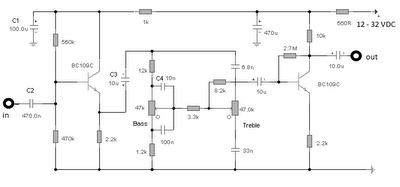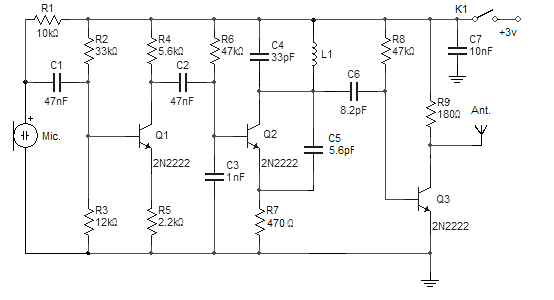
LM336 Temperature Measurement Circuit

This circuit is designed for Fahrenheit measurements, with the freezing point set at 320°F. At 2120°F, P2 is adjusted to achieve an output voltage of 0.9V.
The circuit operates by utilizing a temperature sensor that converts temperature readings into a corresponding voltage output. The sensor is calibrated to respond to Fahrenheit temperature scales, where the freezing point of water is set at 320°F. This adjustment allows for accurate temperature readings in environments where Fahrenheit measurements are required.
The operational amplifier (op-amp) is configured to amplify the voltage signal from the temperature sensor. A potentiometer, referred to as P2, is integrated into the circuit to fine-tune the output. When the temperature reaches 2120°F, P2 is adjusted to ensure that the output voltage precisely measures 0.9V. This calibration is critical for applications that require precise temperature monitoring and control.
The circuit may include additional components such as resistors and capacitors that stabilize the output and filter noise, ensuring that the voltage readings are accurate and reliable. The overall design emphasizes precision, stability, and ease of calibration, making it suitable for various industrial and laboratory applications where Fahrenheit measurements are essential.used for Fahrenheit measurements, in this case the freezing point is adjusted at 320F. At 2120F, P2 is adjusted to obtain 0.9V at output .. 🔗 External reference
The circuit operates by utilizing a temperature sensor that converts temperature readings into a corresponding voltage output. The sensor is calibrated to respond to Fahrenheit temperature scales, where the freezing point of water is set at 320°F. This adjustment allows for accurate temperature readings in environments where Fahrenheit measurements are required.
The operational amplifier (op-amp) is configured to amplify the voltage signal from the temperature sensor. A potentiometer, referred to as P2, is integrated into the circuit to fine-tune the output. When the temperature reaches 2120°F, P2 is adjusted to ensure that the output voltage precisely measures 0.9V. This calibration is critical for applications that require precise temperature monitoring and control.
The circuit may include additional components such as resistors and capacitors that stabilize the output and filter noise, ensuring that the voltage readings are accurate and reliable. The overall design emphasizes precision, stability, and ease of calibration, making it suitable for various industrial and laboratory applications where Fahrenheit measurements are essential.used for Fahrenheit measurements, in this case the freezing point is adjusted at 320F. At 2120F, P2 is adjusted to obtain 0.9V at output .. 🔗 External reference





